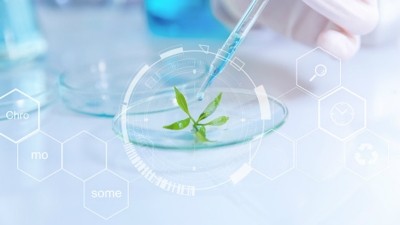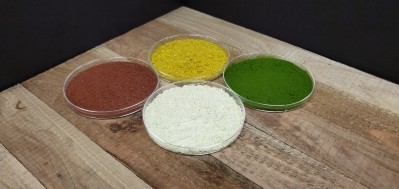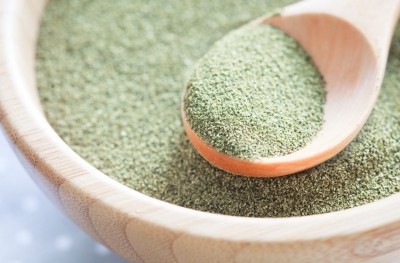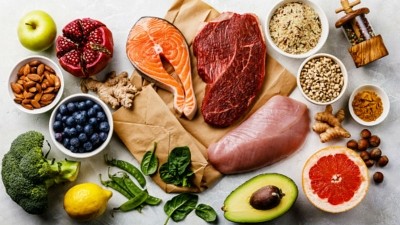Culturing success: Singapore scientists’ work could provide boost for algae-based protein industry
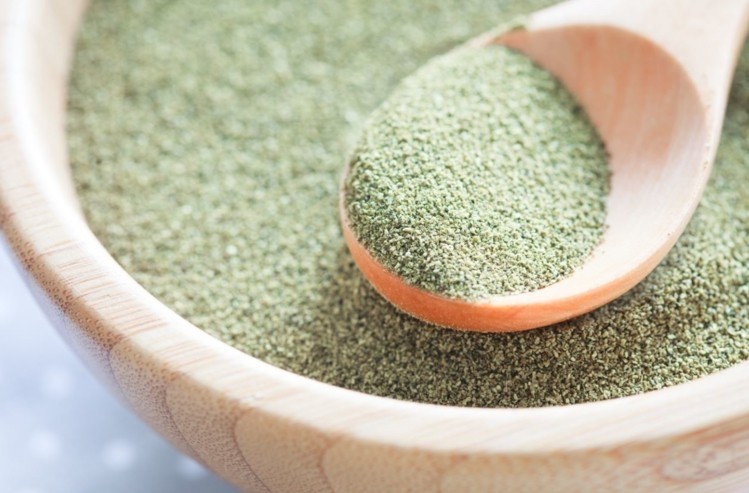
Across several studies conducted at the laboratory of Nanyang Technological University’s (NTU) Food Science and Technology programme Director Professor William Chen, it was discovered that soybean residue okara could be used as an effective culture medium for microalgae cultivation.
Okara is generated during the production of soybean products such as soya milk and tofu. It is known to be rich in nutrients, but thus far has not been widely used as a food source due to its insolubility.
The scientists selected the microalgae strain P. tricornutum, which is not dependent on sunlight for growth, and grew it in a fermenter with okara as a medium.
“[We wanted] recover the nutrition enclosed in the okara and utilize it as a culture medium for growing microalgae [and] selected P. tricornutum as the algae of interest to extract high-value nutrients such as fucoxanthin and eicosapaentanoic acid (EPA),” said one of the scientists Kim Jaejung.
It was found that using the fermented okara medium produced over two times the amount of microalgae biomass as compared to conventional medium (0.52g per litre of medium vs 0.25g/L).
Of note was that this increased yield was only observed in fermented okara – when unfermented okara was used as a medium, the yield was lower than that of conventional medium.
“This highlights the crucial role of fermentation in effectively utilising soybean residue, possibly by hydrolysing macromolecules into small molecules that enables microalgae to readily utilise the simplified form of nutrients,” said Kim.
The process also increased the amounts of polyunsaturated fatty acids and EPA (a form of omega-3) that was produced by the microalgae as opposed to traditional methods. These are part of ‘good’ fats, which have health benefits for the body when consumed in moderation.
According to Prof Chen, who is also part of FoodNavigator-Asia’s Expert Advisory Panel, costs of commercial methods microalgae cultivation are around S$6.00 (US$4.44) for every litre, but this new discovery could cut that by some 90% to somewhere around S$0.67 (US$0.50).
“What we wanted to show is that it is not necessary to depend on expensive methods and novel technology to find good nutrient sources – there are possibilities all around us,” he said.
Economical value
Further to the benefits above, this new method also shows a great deal of economical value and potential because of the minimal amount of raw material required.
According to Kim, 10g of okara (wet mass) can produce approximately 200 mL of fermented okara medium due to the large amount of nitrogen and phosphorus available in it.
In addition, a separate study from Prof Chen’s lab revealed that fermenting the okara with B. subtilis bacteria improved its nutritional content significantly.
Amino acid content leaped by almost 78% to 5.41mg/g in B. subtilis-fermented okara as opposed to unfermented okara (3.04 mg/g). Total fatty acid content increased 8.98% to 166.78mg/g from 153.04mg/g and antioxidant content increased by 6.4 times after fermentation.
The scientists had also suggested that due to this impressive nutritional profile, okara fermented in this manner could be considered for human consumption.
Application
The practical application of microalgae-based protein as food already has already generated interest in the food and beverage industry, for example from alternative protein seafood company Sophie’s Kitchen.
The firm’s CEO Eugene Wang told FoodNavigator-Asia previously that their microalgae protein technology did not require the use of a large amount of land and would ‘truly solve our problems with animal farming and modern agriculture’.
“[Someday, we are confident to] produce a protein flour from this microalgae that can be price and quality competitive to soy protein today.”
According to The Straits Times, Sophie’s Kitchen invested a ‘six-figure sum’ into the NTU research.
Study 1: Transforming Okara Into A Microalgae Culture Medium [Thesis]
Source: Nanyang Technological University
Author: Kim Jaejung
https://dr.ntu.edu.sg/bitstream/10356/96056/1/Thesis_KIM%20JAEJUNG.pdf
Study 2: A metabolomic approach to understand the solid-state fermentation of okara using Bacillus subtilis WX-17 for enhanced nutritional profile
Source: AMB Express
Authors: Mok, W.K. et. al.
